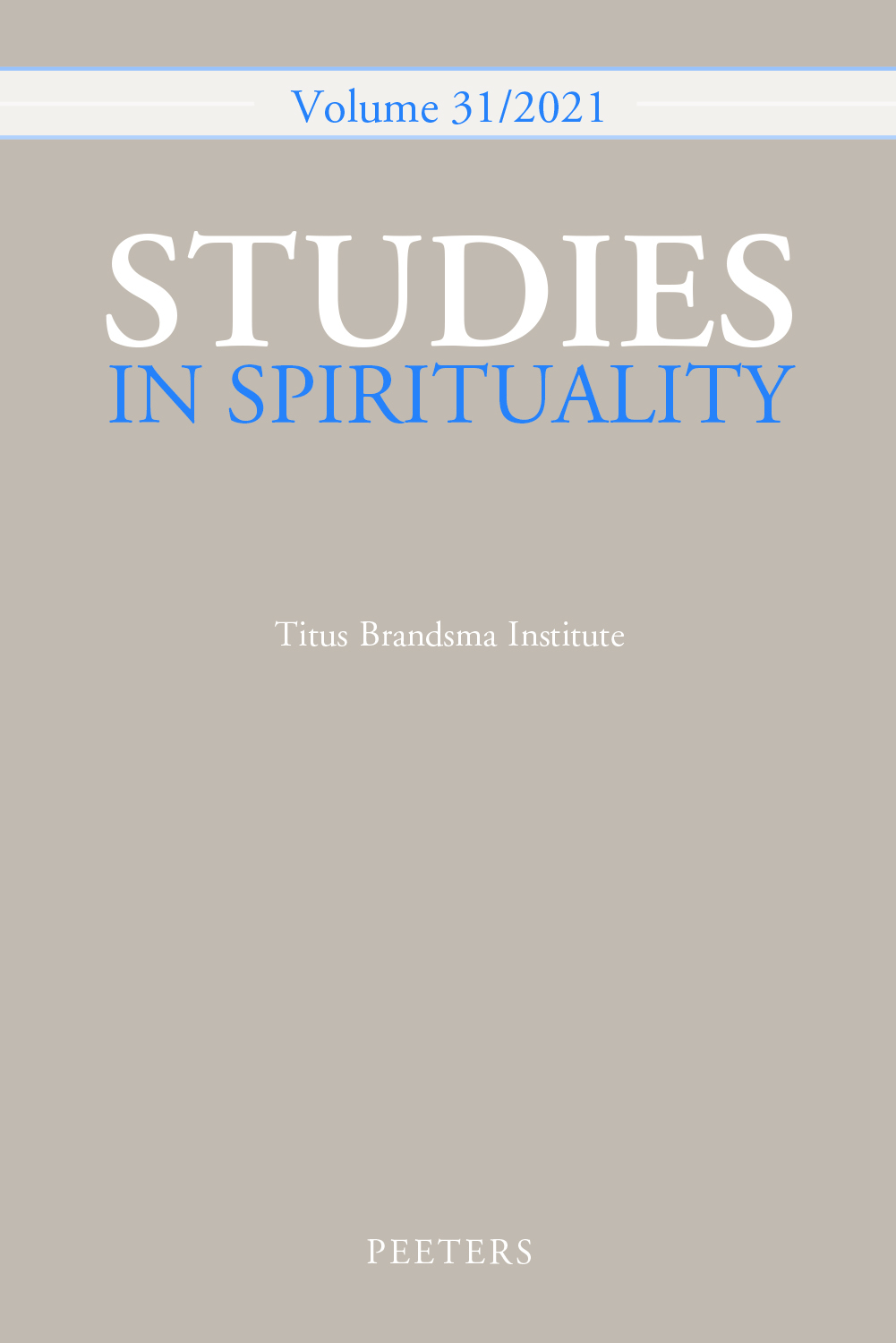 previous article in this issue previous article in this issue | next article in this issue  |

|
Document Details : Title: Mystical Union in the Writings of the Hasidic Master, R. Shneur Zalman of Lyady Author(s): ORENT, Leah Journal: Studies in Spirituality Volume: 18 Date: 2008 Pages: 61-93 DOI: 10.2143/SIS.18.0.2033283 Abstract : Shneur Zalman’s theology strives to resolve the conflict between the quest for mystical union associated with monistic and pantheistic tendencies and Jewish theism, which underlines moral and religious practice. This conflict is manifested in his sermons as a tension between the mystical quest and its restraining moral and ritual interpretation. Traditional interpretation finds ways to divert the mystical energy to invigorate moral and ritual practice. In his theology Shneur Zalman presents dialectic between union and separation, theism and pantheism. ‘Their end is embedded in their beginning, and their beginning in their end’; is the formula which enables him to maintain that our mundane reality, is closely linked to the Supreme ‘beginning’, while it still maintains its independence and separation. Hence, it is possible to attain a modified union with God within the boundaries of the human domain. This union is sometimes defined as unity of wills, when human commitment to the fulfillment of God’s will on earth becomes the foundation of ethics. A modified union can also be attained within the limits of the ritual practice of prayer and the study of Torah. The daily prayer may become the soul’s ladder of ascension, as the text of the Torah may become the object of a perfect union of love between itself and the soul. This integration between traditional modes of worship and moments of religious experience and perception creates a unique pattern of religious experience, which can be described as spiral. The spiral structure is imagined as consisting of many gyres. In each gyre there is a constant oscillation between heaven and earth, ascension and descent, union and separation, moments of metaphysical perception and moral and ritual practice. Each gyre leads to a higher one, since every moral advance leads to a higher experience, or perception, and the intensity and depth of perception results in advancement of moral and ritual practice. This constant movement constitutes, according to Shneur Zalman’s Hasidic understanding, the content as well as the goal of human life. |
|
